Your baby is now officially an embryo and is about the size of a poppy seed.
Please visit www.nhs.uk/conditions/pregnancy-and-baby/4-weeks-pregnant/ for more information.
Local Maternity and Neonatal System
View navigation
Labour and birth
It's important to understand your birth options if you're expecting more than 1 baby.
Twins and triplets are more likely to be born early and need special care after birth than single babies. Parents expecting multiple babies are advised to pack a bag around 26 weeks of pregnancy, as there is an increased chance of any early hospital stay.
Twins Trust supports families expecting or with twins.
Multiple Births Foundation supports families with twins, triplets of more.
 Your birth choices with twins
Your birth choices with twinsIt's a good idea to discuss your birth options with your midwife or consultant early on in your pregnancy.
You will be advised to give birth in a hospital, as there's a higher chance of complications with twins.
There are usually more health professionals at a multiple birth – for example, there may be 2 midwives, an obstetrician and 2 paediatricians (1 for each baby). You'll already have met your obstetrician and midwives to discuss your baby's birth beforehand, so they should not all be strangers.
The process of labour is more or less the same as for 1 baby, but your maternity team will usually advise you to have your babies electronically monitored because of the higher risk of complications. This means attaching belts with sensors (1 for each twin) to your bump. You'll still be able to move around into different positions.
Once your waters have broken, your midwife may ask your permission to attach a clip attached to a wire to the first baby's head to get a more accurate measure of their heartbeat. You'll also be offered a drip in case it's needed later – for example, to restart contractions after your first baby is born.
Lots of women think they have to have a caesarean section with twins. In fact, more than 40% of twin births are vaginal. You're more likely to have a vaginal birth if the first twin is in a head-down position. There may be medical reasons why a vaginal birth is not recommended, your maternity team will plan your care with you, taking into account what matters to you.
As with any vaginal birth, you may need an assisted birth. This is where forceps or vacuum delivery are used to help deliver your babies.
Once the first baby is born, your midwife or doctor can check the position of the second baby by feeling your tummy and doing a vaginal examination. They may also use an ultrasound scan. The second baby may need turning to get into a good position for birth. Once this has been achieved, a member of the team will hold the baby in place by pressing on your tummy. If the second baby is in a good position, it should be born soon after the first, as your cervix is already fully dilated.
If your contractions stop after the first baby is born, the doctor or midwife may discuss giving you hormones via a drip to restart them.
In the UK, more than half of twins and almost all triplets are delivered by caesarean.
You may choose to have a planned caesarean, or your doctor may recommend a caesarean, if:
As with any pregnancy, if you plan a vaginal birth, you may still end up needing an emergency caesarean. In very rare cases, some women deliver 1 twin vaginally and then need a caesarean section to deliver the second twin. This happens in less than 5% of twin births.
After the birth, your midwife will examine the placenta to check that it's all there and look at the membranes.
If your babies have a single placenta with 1 outer membrane (chorion) and 2 inner membranes (amnion), they must be identical (monozygotic). Otherwise, the only way to tell if they're identical is through DNA testing. This is not available on the NHS.
For advice on how to find out if your twins are identical, you can phone the Multiple Births Foundation on 020 3313 3519 or email them at imperial.mbf@nhs.uk.
Triplets or more babies are almost always delivered by a planned caesarean section. The process for this is the same as for any other caesarean section and your birthing team will go through this in detail with you prior to the birth.

Your baby is now officially an embryo and is about the size of a poppy seed.
Please visit www.nhs.uk/conditions/pregnancy-and-baby/4-weeks-pregnant/ for more information.
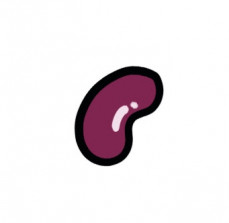
Your baby is now the size of a kidney bean and weighs 1g.
Please visit www.nhs.uk/conditions/pregnancy-and-baby/8-weeks-pregnant/ for more information.
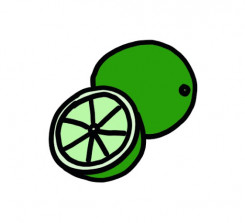
Welcome to the second trimester!
Your baby is about the size of a small lime and weighs approximately 14g.
You have hopefully seen your midwife for your 'booking in' appointment, if you have not yet seen a midwife please make an appointment quickly, so you can have all of your choices about screening tests explained and offered to you.
Please visit www.nhs.uk/conditions/pregnancy-and-baby/12-weeks-pregnant/ for more information. You can also link to the 'Pregnancy Journey' area here.
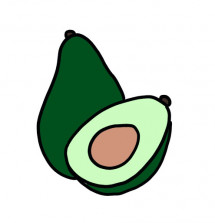
Your baby is about the size of an avocado and weighs approximately 100g.
Please visit www.nhs.uk/conditions/pregnancy-and-baby/16-weeks-pregnant/ for more information.

Your baby has grown in length and is now the length of a small banana and weighs approximately 300g. Around this time you will be offered your '20 week' scan, also known as the 'anatomy' or 'anomaly' scan.Click here for more information about screening.
This is a also a good time to talk and sing to your bump as your baby can now hear sounds. This is great way for you and your partner/family to bond with your baby.
Please visit www.nhs.uk/conditions/pregnancy-and-baby/20-weeks-pregnant/ for more information.
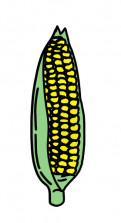
Your baby has grown again to the approximate length of an ear of sweetcorn and weighs about 600g.
Please visit www.nhs.uk/conditions/pregnancy-and-baby/24-weeks-pregnant/ for more information.
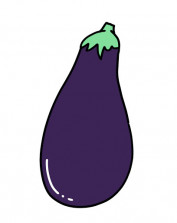
Welcome to the third trimester!
Your baby is now approximately the weight of an aubergine; about 1kg and approximately 37cm in length.
Please visit www.nhs.uk/conditions/pregnancy-and-baby/28-weeks-pregnant/ for more information.
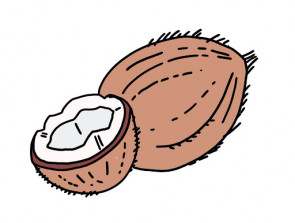
Your baby now weighs approximately the same as a coconut; around 1.5kg.
Please visit www.nhs.uk/conditions/pregnancy-and-baby/32-weeks-pregnant/ for more information.
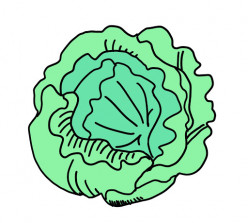
Your baby is now around the same size as a lettuce, approximately 47cm long and weighs around 2.6kg.
Please visit www.nhs.uk/conditions/pregnancy-and-baby/36-weeks-pregnant/ for more information.
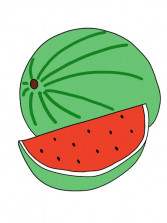
Your baby is now the weight of a small watermelon which is approximately 3.3kg and around 50cm in length.
Please visit www.nhs.uk/conditions/pregnancy-and-baby/40-weeks-pregnant/ for more information.